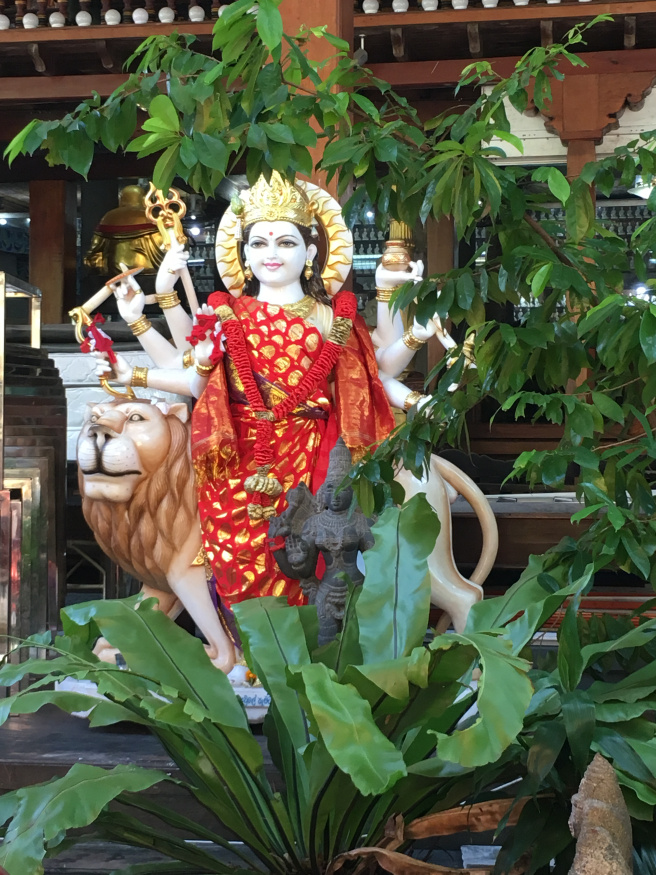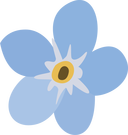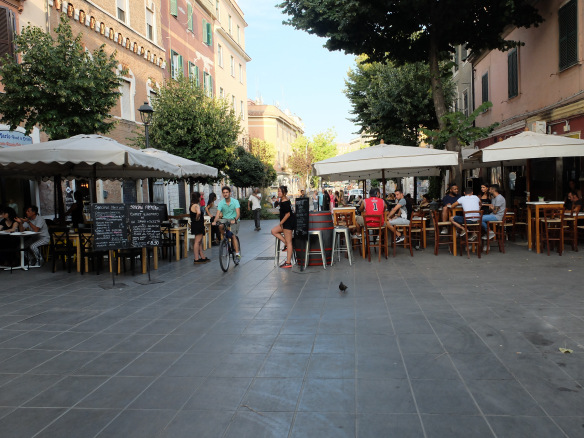Today, as this post publishes, I’m giving a talk to postgraduate researchers. One of the things I will talk about is why it’s important for all researchers to practice seeing things differently.
We already have ways of describing this imperative in research literatures. We talk about reflexivity. We talk about criticality. We talk about challenging our taken for granted assumptions. We talk about making the familiar strange.
We stress the need for seeing differently because it is integral to the creation of knowledge. If we are to make step changes in our understandings, then we can’t just reproduce and replicate our existing lines of thought.
I can’t imagine a research methods courses which doesn’t talk about ‘de-familiarisation’ as a necessary practice. However, we generally don’t spend a lot of time on discussing what this means, beyond keeping a researcher journal, or interrogating some of the language and definitions that we use. I understand this lack of indepth discussion – we university research methods teachers do have to get through a lot of stuff – philosophy, all those methods, the various permutations of research design.
But making the world a strange place is much more than keeping a journal and querying our language. It is about training ourselves – re- training in fact – undoing some of the habitual ways that we think, see, listen, observe. This kind of re/unlearning takes time and – she whispers – probably a quite different set of resources from those that we most often see set as methods course texts.
I’m going to suggest to the postgrads I’m meeting today that they might engage with two books that offer ways to reorient their habituated practices of seeing and thinking. Both texts are by artists and both contain exercises that they/you can do by yourself, or in the company of like-minded companions.
The first book is one of Lynda Barry’s. It’s called What it is. Do you wish you could write?
Lynda Barry is an artist and teacher. She is best known for her underground comic Ernie Pook’s Comeek which ran for years in ‘alt’ newspapers. But she is also a teacher and now works as the Chazen Family Distinguished Chair in Art at U Wisconsin Madison. She’s published lots of books, but the one I’m suggesting today is a compilation of exercises that Barry uses to foster interdisciplinary creativity.
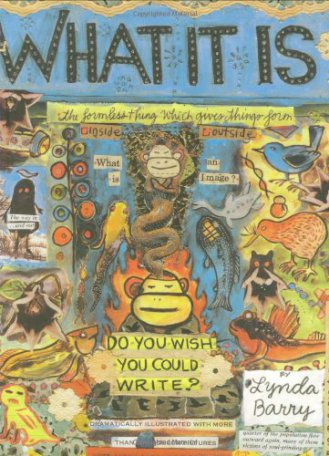
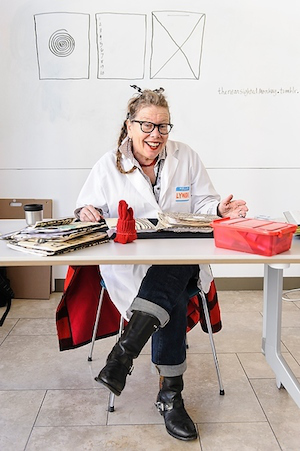 Cartoonist and author Lynda Barry, now a member of UW-Madison’s faculty, interacts with her students while teaching a Making Comics class at the Mosse Humanities Building at the University of Wisconsin-Madison on Nov. 27, 2013. Barry, associate professor of interdisciplinary creativity and a Discovery Fellow, also leads an interdisciplinary Image Lab on campus to explore the biological function of the arts. (Photo by Jeff Miller/UW-Madison)
Cartoonist and author Lynda Barry, now a member of UW-Madison’s faculty, interacts with her students while teaching a Making Comics class at the Mosse Humanities Building at the University of Wisconsin-Madison on Nov. 27, 2013. Barry, associate professor of interdisciplinary creativity and a Discovery Fellow, also leads an interdisciplinary Image Lab on campus to explore the biological function of the arts. (Photo by Jeff Miller/UW-Madison)
In this book, Barry asks us to consider deceptively simple words – image, memory, experience… She invites the reader to rethink these through a series of exercises. She also provides her own interpretation of the exercise in graphic novel form. You don’t of course have to do the exercise using cartoons, although you might find it fun to try.
The point of Barry’s exercises is to come back to things that we know, to revisit concepts, interpretations and explanations to see what else we can do with them. In re-viewing what we usually think and do, can we come up with new associations, different insights?

Lynda Barry also has a blog The Near Sighted Monkey. She often blogs her courses and you can audit what she and her students are doing by following the various posts. And you can of course do these exercises and see much more of her work. See also this archived material about her courses.
The second text is by Keri Smith. It’s called How to be an explorer of the world. Coincidentally I saw this book recommended at a conference just last week. I’m not alone in finding Smith’s approach very helpful for research.
Smith is an illustrator, author and blogger. She usually writes about creativity. Like Barry, she’s written several books but the one I’m suggesting is one in which she offers exercises which invite us to look, make patterns, make connections, observe movement, create conversations, use all of our senses …

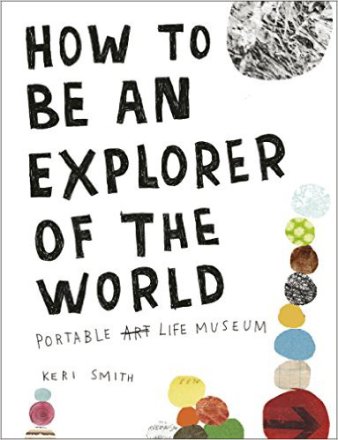
The book begins by asking us to collect things – objects, experiences, observations. Smith instructs us to makes lists, make maps. She outlines activities designed to enhance the functions of our eyes and ears. She invites us to experiment with randomness.
Her exercises may seem a little strange art first but, as she notes at the beginning of the book, Everything is interesting. Look closer. Her activities are directed to a way of being in the world, a way of explicitly connecting with the world around us.

Now, it’s not really surprising that my recommendations are two books by artists. I hang around with artists a lot, I research the arts. But I do that for precisely the same reason that I’m suggesting that the postgrads I’m talking to today might engage with these texts too.
As Smith points out, at the start of her book, artists and scientists analyse the world in surprisingly similar ways. Without wanting to be too pretentious about it, artists and scientists (including social scientists) are all about looking, noticing, seeing things. Those of us who are trained to read, synthesise information, to interpret and to present an argument as our way of noticing can benefit from engagement with people who are not trained in the same way. Putting our approaches together can be very helpful. They can help us to see things a new, to see them differently. Yes, to make the familiar strange.
Artists and (social) scientists can learn a lot by engaging in each other’s practices. As well, a bonus – we can have a bit of fun at the same time. And as we are learning how to see things differently we can bring this way of being, doing, seeing, feeling, thinking to our research.
And yes, if I was still running a research methods course, these books would certainly be two of my set texts.
Oh – and wait there’s more – a bonus live Lynda Barry exercise. It only takes four minutes. What do you notice?
Share this:
